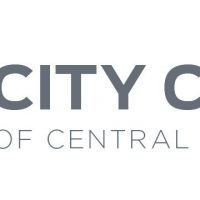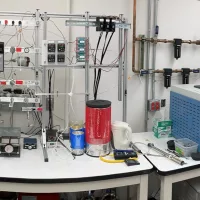
After cresting above $123 per barrel shortly after Russia’s invasion of Ukraine, the price of crude oil has gradually fallen below $100 per barrel. If this trend holds, it may reduce some of the extreme upward price pressure consumers have found at the pumps, but not all. Prices continue to climb in 49 states, but the increases are not as dramatic as they were last week. For the week, the national average for regular adds 14 cents to $4.32. The Oregon average jumps 15 cents to $4.74.

Last week the national average shot up 54 cents while the Oregon average jumped 55 cents. Both averages are slightly lower than their record highs set last week. The national average peaked at $4.33 on March 11 while the Oregon average peaked at $4.739 on March 11. These prices eclipse the old record highs set in 2008 when the national average peaked at $4.11 on July 17, and the Oregon average peaked at $4.29 on July 3.
“The violent invasion of Ukraine by Russia continues to impact an already tight global crude oil market, making it impossible to predict if pump prices have peaked or will surge again. It all depends on the direction of oil prices,” says Marie Dodds, public affairs director for AAA Oregon/Idaho.
On average, about 53% of what we pay for in a gallon of gasoline is for the price of crude oil,12% is refining, 21% distribution and marketing, and 15% are taxes, according to the U.S. Energy Information Administration.
About 3% of oil, and a total of 8% of oil and refined products used in the U.S. last year came from Russia, while about 25% of Europe’s oil is imported from Russia. The U.S. is the largest oil producer in the world. Other top producers are Saudi Arabia and Russia.
U.S. gasoline demand rose slightly from 8.74 million b/d to 8.96 million b/d. Total domestic gasoline stocks decreased by 1.4 million bbl to 244.6 million bbl last week, according to the U.S. Energy Information Administration (EIA). The increase in gas demand and a reduction in total supply contribute to rising pump prices. But increasing oil prices play the lead role in pushing gas prices higher.
Quick stats
Oregon is one of 49 states and the District of Columbia with higher prices now than a week ago. Utah (+35 cents) has the largest weekly increase. New Jersey (+5 cents) has the smallest. Last week, the increases ranged from 15 to 66 cents. Oregon (+15 cents) has the 17th-largest weekly increase in the nation. Delaware (-3 cents) is the only state with a week-over-week decline.
California ($5.75) is the most expensive state in the nation and is the first state to ever have an average above $5 a gallon. There are 38 states and the District of Columbia with an average at or above $4 a gallon.
The cheapest gas in the nation is in Kansas ($3.81) and Missouri ($3.83). This week no states have averages below $3 a gallon, same as a week ago. For the 62nd week in a row, no state has an average below $2 a gallon.
All 50 states and the District of Columbia have higher prices now than a month ago. The national average is 82 cents more and the Oregon average is 77 cents more than a month ago. This is the 28th– largest monthly increase in the nation. Nevada (+$1.06) has the largest month-over-month increase. Hawaii (+53 cents) has the smallest.
All 50 states and the District of Columbia have higher prices now than a year ago, and all have a current average that’s a dollar or more higher than a year ago. The national average is $1.45 more and the Oregon average is $1.62 more than a year ago. This is the fourth-largest yearly increase in the nation. California (+$1.91) has the biggest yearly increase. Nebraska (+$1.10 cents) has the smallest year-over-year increase.














